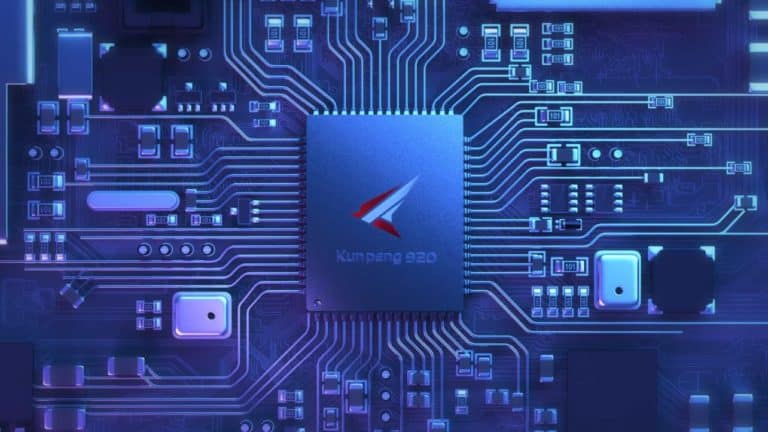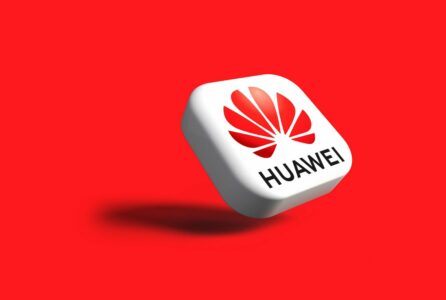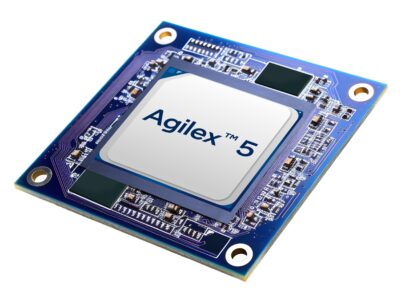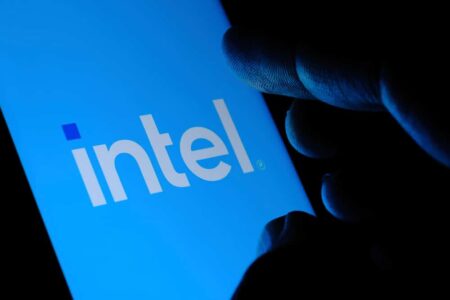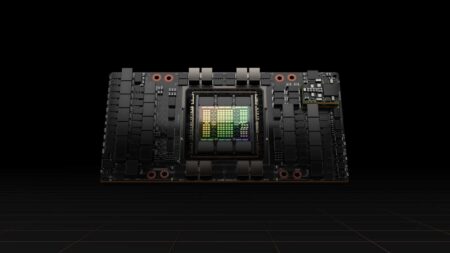With Kunpeng, Huawei sees an opportunity in the chip market. Their chip activities are therefore being expanded and substantial investments are being made. The company says it doesn’t want to compete with Intel, but we think Huawei actually does. The fact is that the company is being forced, as it can no longer buy processors from Intel because of Trump’s trading ban. They need a good alternative. That alternative is not available on the market, so Huawei has to build it themselves. A big challenge, although Huawei is very close when you think a bit out-of-the-box.
According to Huawei, the need for processors will change in the coming years. The demand for so-called rule-based computing chips is currently very high. With such processors, an answer is very clear: black or white, a 1 or a 0. In the future, the answer will become more ambiguous, and the truth will be in the middle. In that case, a computer chip will indicate the percentage of the answer that is white or black, whether it is 0.19845 or rather 0.92333. This is called statistical computing. It is derived from the fact that machine learning and AI are becoming more and more commonplace. This changes applications and the way we use them. As the applications change, so does the need for the type of computing power. That is Huawei’s reasoning.
As a result of this change, the company is now seeing an opportunity to invest heavily in the development of new chips. The story doesn’t sound wrong, but given the political situation, we can’t ignore the fact that Huawei is forced to do this. Huawei needs an alternative for the Intel processor. Since Huawei can no longer do business with American companies, US president Trump is turning Huawei into a threat to the US economy, by forcing them to create an alternative to Intel. In the data center market, you can’t do anything without Intel at the moment. Nevertheless, Huawei has managed to run their own cloud services of the Huawei Consumer division completely without Intel processors. These services are already running on the new Kunpeng-chip.
Huawei is investing heavily in its new chip division. In July of this year, a further 436 million dollars (about 391 million euros) was invested in the development of the Kunpeng-chips. The fact that Huawei designs chips is not new. It has been designing chips for its own smartphones for many years, but the company also produces its own modem chips. Huawei buys licenses on designs at ARM for making them. These designs are then improved and expanded by HiSilicon, a subsidiary of Huawei.
Competing with Intel on performance is not an option
Intel has been very dominant in the chip market. The Intel processors are the fastest, that position has remained unchanged for 10 years. AMD has done its best in recent years to close the gap, and it is doing a good job. In the PC market you see more and more AMD, the price/performance ratio at AMD is simply better. In the data center, however, Intel is still extremely dominant. The brutal computing power that can be achieved with the Intel chips is unprecedented. No matter how successful AMD is going to be, that too is an American company. Huawei will not benefit from this, because it is not allowed to do business with them. If Huawei wants an alternative to the Intel processor in the data center, they have to develop it themselves.
This seems to be a hopeless mission in advance. Intel has the so-called x86 chips, on which only Intel, AMD and VIA have a license. Huawei cannot make use of them. Huawei has to compete with Intel with an optimised and improved ARM design. ARM is better known for its chips in smartphones and tablets. They have become much faster in recent years, but performance difference is still huge. Intel is also not hesitating with speeding up the development of their processors. Still, Huawei has found a way. It only requires a different approach, an out-of-the-box thinking process.
The different Huawei chipsets
Huawei currently has four different chipsets; Ascend, Kirin, Kunpeng and Honghu. All these chips have a different purpose. The Ascend chips are optimised for artificial intelligence. When machine learning models need to be calculated, the Ascend chip is very effective. Huawei claims to have the fastest AI solution in the world when Ascend chips are combined in the Atlas 900.
There are also the Kirin chips, which are used by Huawei in smartphones, tablets and other smart devices. Honghu chips are used by the company in smart image panels. Finally, there is the Kunpeng, the chip that eventually has to take on the Intel Xeon processors in data centers. In this article, we pay most attention to these chips.

Of course, we asked where Huawei currently stands with the Kunpeng-chip in relation to the latest Intel Xeon processors. How good is the performance? We have not been able to get a clear answer to this question. Huawei does not aim to compete with Intel, even though the Kunpeng is an alternative to the Intel processor. Ultimately, Intel is still far ahead of the game when it comes to pure performance. However, Huawei states that performance is not the holy grail. According to Huawei, it’s all about the big picture, what does a chip offer besides performance, for which workloads is it suitable or even optimised? So we looked into that, because how can Huawei compete with Intel with a Kunpeng-chip that has worse performance?
Do you need to assess a chip on performance, efficiency or total cost?
In developing the Kunpeng, Huawei realized that closing the gap with Intel is an illusion. What the company then did was to ask itself: if we can’t compete in pure performance, what can we do? The company then took a number of steps to make the Kunpeng a more fully-fledged chip and not just a processor. Actually, the Kunpeng is a system-on-a-chip (SoC) and not a processor (CPU).
The base of the Kunpeng chip consists of 64 cores with a clock speed of 2.6GHz. In addition, it supports two 100Gbit/s ports and 8 channel DDR4 memory. The processor itself includes optimisations for the fast execution of processes over multiple cores, the encryption of web traffic and the storage and retrieval of data through distributed storage. These specialisations ensure that the chip excels above a normal processor in a number of areas.
Optimisation examples
Almost all web traffic today is encrypted. After it became clear in 2014 that governments were eavesdropping on internet traffic en masse and that people still thought their privacy was important, the internet changed at a rapid pace. Whereas messaging services such as WhatsApp were unencrypted, this is different nowadays. Data traffic between data centers or a simple blog is now also encrypted. This means that with every request, the server has to encrypt the data that is being sent. This is not the case with the Kunpeng-chip, which has a separate module that is optimised for encryption, which means that the processor can be used for other tasks. The encryption process is also 45 percent faster than with Intel chips, says Huawei.
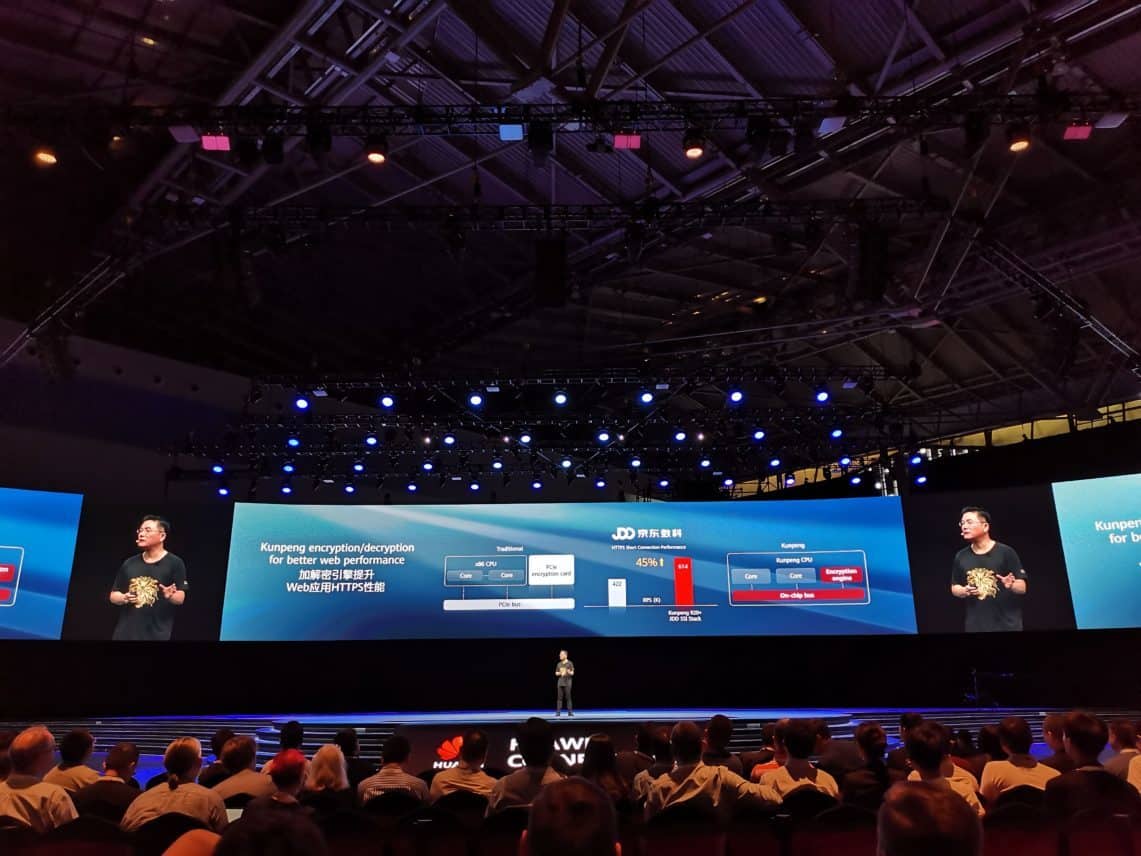
The optimisation of distributed storage is very interesting for cloud-like environments. With this optimisation, data can be stored on different systems. This makes it more scalable and affordable than a large central storage unit. However, the optimisations in the chip ensure that data can be retrieved quickly.
The built-in network module, in turn, provides an up and downlink of 10 Gbit/s. Faster than most network cards today. In servers where the Kunpeng is used, the support of two ports allows 20Gbit/s to be distributed over the workloads on 64 cores. That is more than enough, and because the network module is integrated in the chip, latency is minimised.
Compare optimisations with video editing on mobile devices
These are all small optimisations, but in the end, they can make a big difference. It can be compared to video editing on a smartphone or tablet versus a desktop computer with a fast processor and video card. With the advent of mobile devices, more and more videos are being made. People want to be able to edit them quickly and share them via social networks. This all took a long time when chip manufacturers had just started optimising video encoding in mobile chips. Editing and then rendering a 4K video, for example, is generally much faster on an iPad than on a desktop computer.
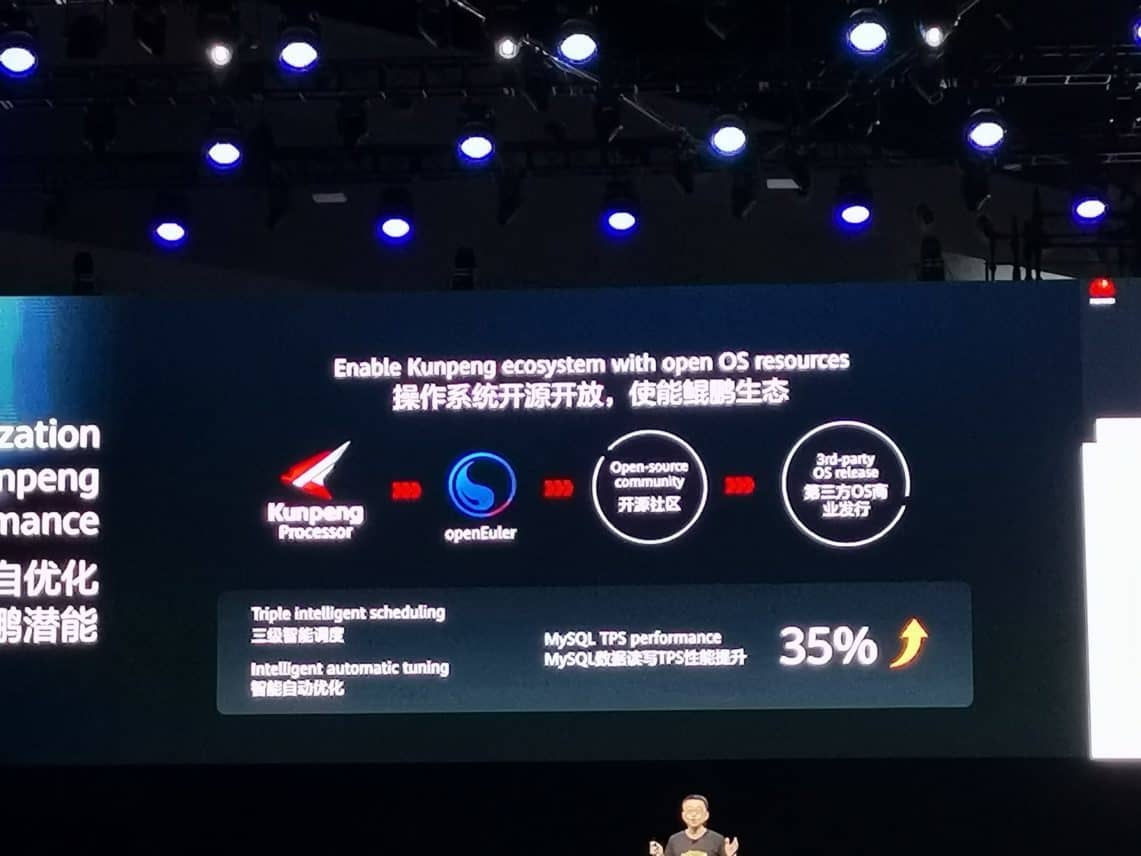
Actually, Huawei now does the same with encrypting the data or routing and processing the network traffic. It relieves the CPU and uses a specific module in the chip, which is fully equipped for this purpose, making it faster and more efficient. This allows certain workloads to be processed more efficiently. For example, one of the many Kunpeng-chip slides shows that MySQL performance is improved by 35 percent on a Kunpeng-chip because of this optimisation.
Advantages of ARM over x86
Huawei also benefits from some of the advantages of ARM chips over x86. For example, ARM chips are much more energy efficient. That’s why Intel has never been successful with its own chips for mobile devices. The energy consumption was simply too high. In addition, ARM processors become less hot and require less cooling. This allows for more Kunpeng-chips to be placed close together.
According to Huawei, the number of servers can be increased with 30 percent per rack if they use Kunpeng instead of Intel. Huawei already offers configurations in which 10,240 cores per rack can be supplied. That’s 160 Kunpeng-chips in one rack.
The market ultimately chooses, but Huawei’s proposition is certainly interesting
If we eventually have to compare the Kunpeng with Intel, it will be difficult. Intel wins on pure performance. For an on-premise database server where you have a license per CPU or core, you will always choose Intel. However, companies that are building a private cloud that has to be highly scalable, where almost everything is Linux-based or runs in containers, Kunpeng can be interesting. Especially with the optimisations in the chip. You may need a bit more Kunpeng-cores than Intel-cores, but that doesn’t have to be a problem.
The advantages at a glance:
- Kunpeng is 30 percent more energy-efficient, and power costs are lower;
- You can store more Kunpeng based servers in one rack, a total of 160 Kunpeng chips;
- ARM chips are cheaper than Intel chips, especially for Huawei;
- Some tasks are performed more efficiently; encryption, network and storage
The question now is: if you compare the performance and workloads and take the costs over a period of 3 to 5 years, how close are they to each other, or to whom do they turn out to be an advantage? This is extremely difficult to calculate and varies from one company to another. We think it’s pretty close. In addition, Huawei proudly announced that the entire Huawei Consumer Cloud now runs on Kunpeng and not on Intel. All cloud services for Huawei smartphones are, therefore, Kunpeng-based.
Since Huawei is the second biggest smartphone manufacturer in the world, you need a decent cloud environment, e.g. for providing updates, themes, apps, etc. It would be nice if a few large companies could embrace Kunpeng in the short term and provide insight into the comparison with Intel and its costs.
Kunpeng for sale at partners in Europe
Many major telecom providers in Europe are Huawei resellers and offer the possibility to set up a private cloud in your own data center based on Huawei technology. These are now more and more based on Kunpeng. At the moment, Huawei has three servers on the market that are based on Kunpeng and that companies can buy. Huawei also has its own Huawei Cloud, where Kunpeng has now also made his appearance.
Potential
It is clear that Huawei has thought out-of-the-box when developing these chips. In any case, we think it’s very smart, not to go for pure performance, but to stand out on workloads and efficiency. With the recent extra investment of 436 million dollars in Kunpeng chips, there will undoubtedly be successors that are even better.
In addition, Huawei has promised to invest $1.5 billion in the developer program. Huawei wants to make sure that there are enough tools available to make applications suitable for Kunpeng-chips. Huawei has made compiling applications to ARM even easier, and there are also tools that can optimise code or give advice on how applications can make even more effective use of Kunpeng.
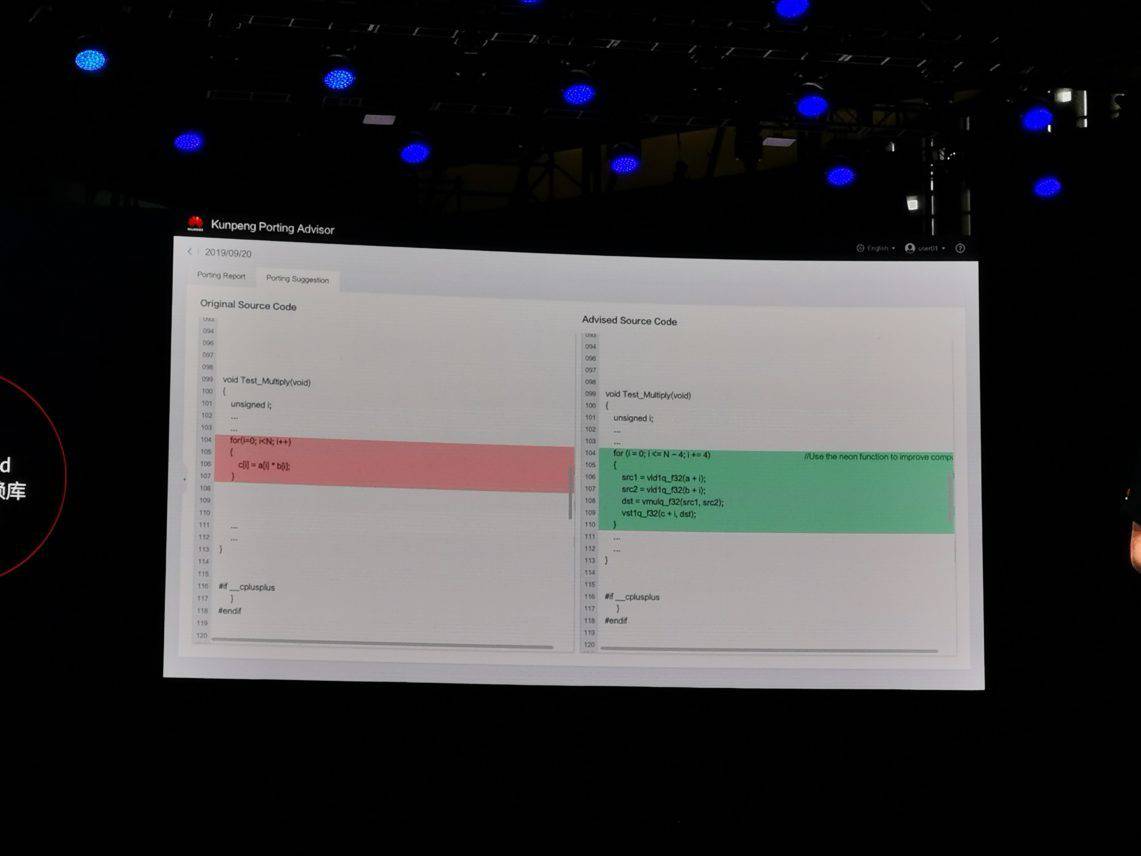
These development tools not only work for Kunpeng, but also for other Huawei chipsets, such as the Ascend, which focuses on AI. In total, Huawei wants to attract 5 million extra developers who build applications on the Huawei chipsets.
